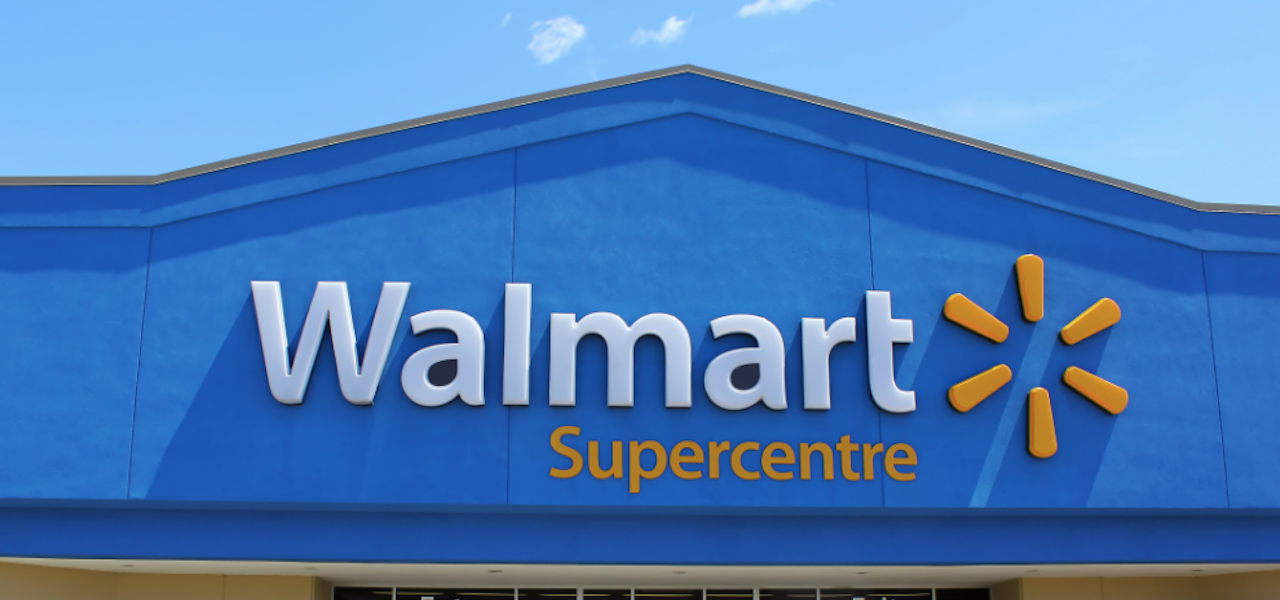‘They threw every option at the wall’: How Walmart is narrowing the delivery gap with Amazon

The battle over who can offer e-commerce customers the most convenient shipping options is increasingly shaping up to be a showdown between Amazon and Walmart.
On Tuesday, Walmart announced that it will soon offer free next-day delivery on select products from Walmart.com. In the coming days, customers in Phoenix, Los Angeles and Southern California who order at least $35 worth of product from a selection of more than 220,000 eligible items can get free next-day delivery. Walmart said that it plans to make free next-day delivery available to 75% of the U.S. population by the end of this year.
“We can offer fast, convenient shipping options because we’ve built a network of fulfillment assets that are strategically located across the U.S.,” Walmart e-commerce president and CEO Marc Lore said in a press release. “We’ve also done extensive work to ensure we have the right products in the right fulfillment centers based on where customers are located and what they’re ordering.”
The news comes after Amazon executives said during an earnings call in April that the company plans to spend $800 million to make free one-day shipping available to Amazon Prime members. While Amazon can offer a greater assortment of products (currently, 100 million products are eligible for two-day shipping through Amazon Prime), Walmart is trying to woo customers on the basis that they can order products without having to pay a membership fee, like they do with Amazon Prime.
While Walmart and other retailers have always had to play catch up to offer a comparable breadth of shipping and delivery options as Amazon, this week’s announcement shows that the gap is somewhat starting to narrow. For example, it took Walmart until 2017 to offer free two-day shipping on orders over $35 — 12 years after Amazon first offered free two-day shipping with Prime.
Now, Walmart is entering into the one-day shipping conversation at the same time as Amazon. Andrew Lipsman, an e-commerce analyst with eMarkerter, said Walmart’s “willingness to experiment” has been critical in helping it build out a more robust logistics network.
“They really threw every option at the wall in terms of acquisitions, partnerships, everything to build out that delivery infrastructure — and not all of them stuck, but they were willing to eat some of those costs of experimentation,” Lipsman said. “And that’s clearly put them in a position today where something like next-day was even possible. Had they not [made those investments] over the last two to three years, I don’t think there’s any way they’d be able to do this in any sort of credible way.”
Over the past year, Walmart has built out its logistics network by partnering with a number of companies, including Udelv, Ford and Instacart on fulfilling last-mile delivery, as well as investing internally. To that end, Walmart in 2017 acquired a last-mile delivery company, Parcel. It also built out a robust grocery logistics network, increasing the number of stores offering grocery pickup from 1,500 to 2,100 last year. This year, the company plans to make grocery pickup available at an additional 9,00 stores this year, as well as double the number of stores that offer grocery delivery.
Walmart’s also had to add more distribution centers, including ones specifically dedicated to e-commerce. It now has 156 distribution centers in the U.S., up from 134 five years ago. The company also announced that it’s working on building a new high-tech grocery distribution center to open in 2020, which Walmart claims will be able to 40% more product than a traditional distribution center.
Ad position: web_incontent_pos1
Thanks to these logistics investments, Walmart’s e-commerce sales have grown 40% year over year. That gives Walmart more data points to turn to as it seeks to roll out costlier but more convenient delivery methods like next-day delivery, where it will have to start by offering a very tight selection in order to make it cost-effective. Walmart said in its announcement today that the roughly 22,000-plus product assortment is based upon the products that are most frequently purchased from Walmart.com, but the exact assortment available will vary by location.
With next-day delivery, Walmart is also choosing to make it more cost-effective by only including products that can be shipped from a single box, from the same fulfillment center. “This means the order ships in one box, or as few as possible, and it travels a shorter distance via inexpensive ground shipping,” Lore said in the announcement. “That’s in contrast to online orders that come in multiple boxes from multiple locations, which can be quite costly.”
Cost is the biggest constraint Walmart will face as it continues to build out its logistics network. Walmart CEO Doug McMillon said during the company’s last earnings call, “We need to make more progress to improve profitability,” and that “as we continue to enhance our assortment, repeat visits should increase and contribute to improved profitability.”
It’s particularly pressing, considering Amazon has proven that it’s willing to suffer consistent losses to invest in customer benefits.
—
Ad position: web_incontent_pos2
Sign up for the Modern Retail Briefing to get retail news, analysis and insight delivered to your inbox every morning.

